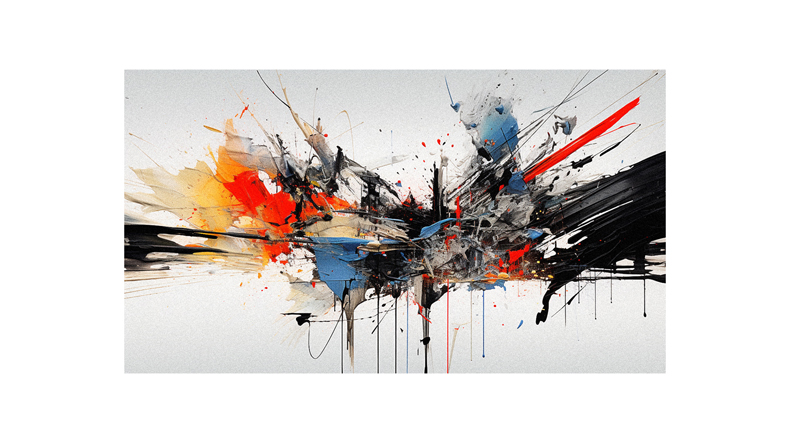Are you ready to embark on a journey through time, exploring the fascinating evolution of art movements? Get ready to compare and contrast the groundbreaking artistic practices of the 20th and 21st centuries. Brace yourself for a captivating exploration of how art has transformed from traditional mediums to cutting-edge digital techniques.
In the 20th century, artists challenged conventions and pushed boundaries in response to industrialization and technological advancements. From the enchanting symbolism and mystical expression of Symbolism to the mind-bending dreamscape of Surrealism, these movements captivated audiences with their imaginative power.
Cubism shattered traditional perspectives, presenting objects from multiple angles simultaneously. Meanwhile, Impressionism captured the impact of industrialization on society’s perception of beauty.
Fast forward to the 21st century, when globalization and increased interconnectivity through the internet have revolutionized contemporary art. Artists now experiment with diverse materials, incorporating elements from popular culture and engaging with scientific imagery. Digital imaging reigns supreme as artists reimagine handicrafts in unprecedented ways.
Hold onto your seat as we delve into these transformative art movements that define our visual culture today!
20th Century Art Movements
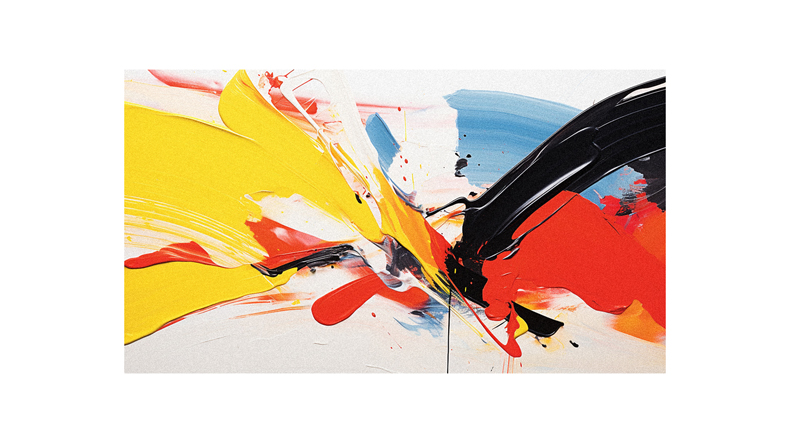
In the 20th century, art movements like Modernism, Symbolism, and Surrealism emerged as a response to the impact of industrialization on traditional ways of living and artistic expressions. Artists sought to challenge traditional norms and explore new forms of artistic expression.
Modernism embraced change and was influenced by the industrialized world, while Symbolism used color and line to express mystical ideas. Inspired by Sigmund Freud’s writings, Surrealism delved into imagination and dreams.
However, in the 21st century, artists explore various materials and means in their practice. They are incorporating digital imaging techniques and re-envisioning handicrafts to reflect the dynamic nature of contemporary art.
The increased interconnectivity through the internet and mass media has allowed for greater awareness of contemporary art worldwide. Artists from different regions and backgrounds influence each other through increased movement and intermixing of artistic vocabularies.
As a result, 21st-century art is diverse, innovative, and constantly evolving as artists push boundaries and challenge traditional notions of what art can be.
Industrialization and Traditional Art
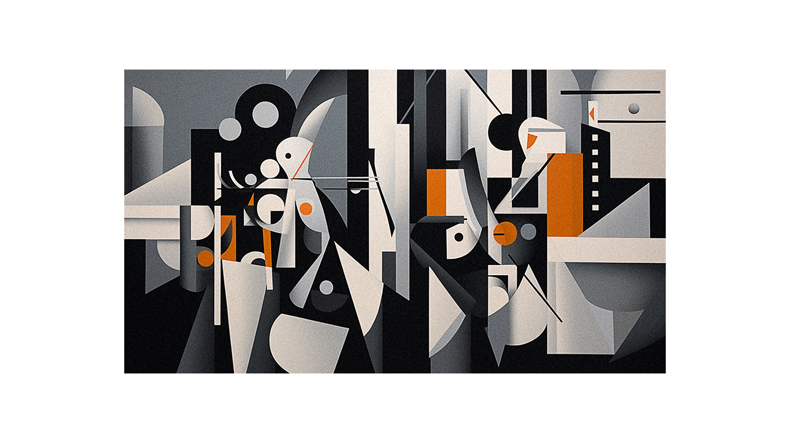
Experience the profound impact of industrialization on traditional art forms as you witness the transformation of age-old techniques and materials in the face of rapid societal change.
The advent of industrialization in the 19th and 20th centuries brought about significant shifts in artistic practices. New technologies and modes of production challenged traditional ways of living and creating art.
For example, the invention of the camera revolutionized painting as artists no longer needed to rely solely on realistic representation. Symbolism emerged as a rejection of Realism and Impressionism, using color and line to express mystical and spiritual ideas. Inspired by Sigmund Freud’s writings, Surrealism focused on imagination and dreams. Cubism represented objects from multiple viewpoints, introducing collage and finding objects in Synthetic Cubism.
These movements reflect how industrialization disrupted traditional art forms, pushing artists to explore new techniques and concepts.
Symbolism and Mystical Expression
Symbolism in art, like a swirling kaleidoscope of colors and lines, transports you into a mystical realm where the tangible merges with the ethereal.
In the late 19th and early 20th centuries, artists embraced Symbolism as a movement that rejected Realism and Impressionism. They sought to express mystical and spiritual ideas through color and line.
Artists such as Edvard Munch and Gustav Klimt created works that evoked emotions and explored deeper meanings beyond what could be seen at first glance. Symbolist paintings often depicted dreamlike scenes, mythical creatures, and enigmatic symbols.
This art movement allowed for a more subjective interpretation by the viewer, inviting them to delve into their subconscious thoughts and emotions. Symbolism paved the way for future movements like Surrealism, delving into the realm of imagination and dreams.
Surrealist Dreams and Imagination
Surrealist dreams transport us into a realm where imagination reigns and boundaries dissolve. In the 20th century, artists like Salvador Dali and Rene Magritte embraced Freudian theories of the unconscious mind and explored the power of dreams in their work. Surrealism rejected rationality and embraced the irrational, creating fantastical and often unsettling imagery that challenged traditional notions of reality.
These artists used dreamlike symbolism, juxtapositions, and unexpected combinations to create artworks that tapped into the depths of the human psyche.
In the 21st century, surrealism continues to be a source of inspiration for many contemporary artists. However, with technological advancements and access to new mediums, artists have even more tools to bring their imaginative visions to life. Digital art allows for endless possibilities in manipulating images and creating alternate realities. Artists today also incorporate elements from popular culture, blending fantasy with everyday life.
Exploring dreams and imagination remains a vibrant aspect of contemporary art as artists push boundaries and challenge our perceptions of reality.
Cubist Perspectives on Objects
Imagine a world where everyday objects are fragmented and reconstructed from multiple perspectives, inviting you to see the familiar in a new light. This is the essence of Cubism, an art movement that emerged in the early 20th century and continues influencing artists today.
In Cubist art, objects are depicted from various angles simultaneously, challenging traditional notions of representation. Artists like Georges Braque and Pablo Picasso pioneered this revolutionary approach, breaking down forms into geometric shapes and rearranging them in abstract compositions. The result is a dynamic visual experience that encourages viewers to engage with artworks on a deeper level.
Today, contemporary artists continue to explore the principles of Cubism, incorporating its techniques into their work while pushing boundaries and experimenting with new materials and concepts. Their innovative perspectives on objects invite us to question our perceptions and embrace a more nuanced understanding of reality.
Collage and Found Objects
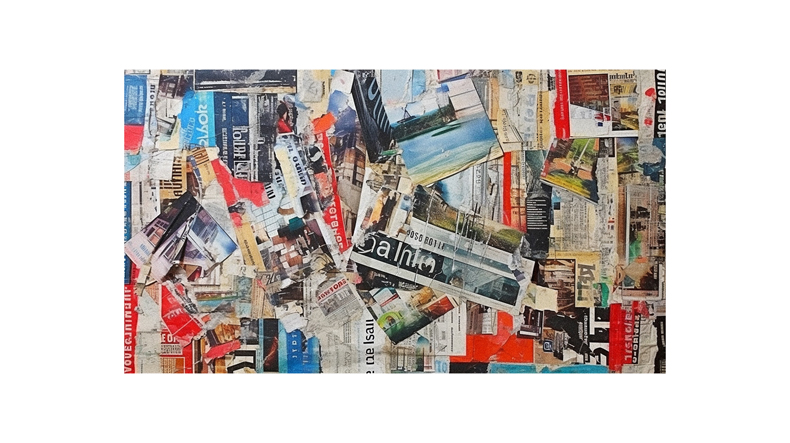
Through collage and found objects, contemporary artists in the 21st century create dynamic and visually captivating artworks that challenge traditional notions of representation.
Collage involves assembling different materials, such as photographs, newspaper clippings, and fabric, to create a new composition. This technique allows artists to combine various elements and explore new narratives.
Found objects are everyday items incorporated into artworks, often with added meaning or symbolism. Artists blur the boundaries between art and everyday life by repurposing these objects.
Collage and found objects allow for a multidimensional approach to art-making, where diverse materials and ideas come together unexpectedly. This not only pushes the boundaries of artistic expression but also challenges viewers to reconsider their perceptions of reality and beauty.
Impressionism and the Impact of Industrialization
Now let’s shift our focus from the innovative techniques of Collage and Found Objects to the impact of industrialization on Impressionism, a prominent art movement in the late 19th century.
During this time, rapid industrialization brought significant changes to society and transformed traditional ways of living. Artists, like those associated with Impressionism, sought to capture the fleeting moments of modern life that were influenced by these changes. They painted en plein air, embracing natural light and vibrant colors to depict scenes of urbanization and leisure activities.
The rise of photography also profoundly affected Impressionist artists, as they challenged themselves to explore different perspectives and capture the essence of a moment rather than focusing on realistic representation.
Through their brushstrokes and use of color, these artists conveyed the energy and dynamism of an evolving world shaped by industrial progress.
Art and the War
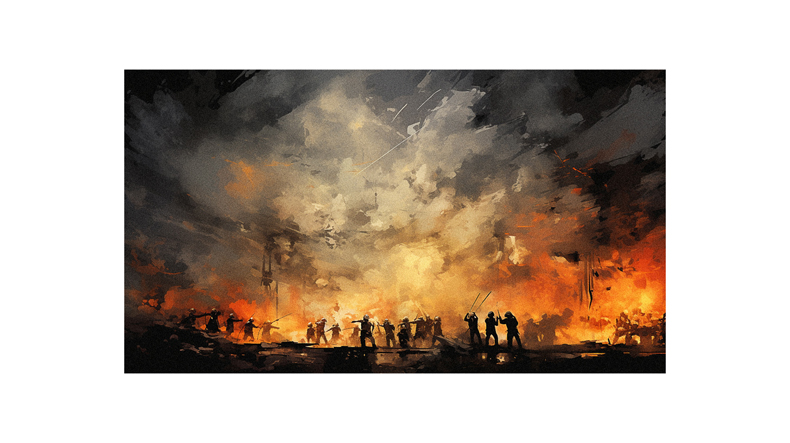
The impact of war on art in the 20th and 21st centuries has been a recurring theme as artists respond to the devastation and trauma caused by conflicts worldwide.
In the 20th century, World War I and World War II profoundly influenced artistic expression. Artists like Otto Dix and George Grosz depicted the horrors of war through their powerful anti-war paintings. The war also led to the rise of movements like Dadaism, which rejected traditional art forms in favor of absurdity and chaos.
In the 21st century, artists continue to explore war-related themes but with new perspectives influenced by modern technology and global conflicts. They use various mediums, such as photography, installation, and digital art to capture the complexities of warfare and its impact on society.
Overall, art remains an essential medium for reflecting on the consequences of war throughout history.
Copyrights and Environmental Support
To fully understand the complexities of 21st-century art, you should explore the significance of copyrights and how they impact artists’ creative processes and the protection of their work.
Did you know that according to a study conducted in 2019, only about 15% of artists feel adequately informed about copyright laws and their rights as creators?
Copyrights play a crucial role in ensuring that artists have control over the reproduction and distribution of their artworks. They provide legal protection against unauthorized use or copying, allowing artists to earn income from their creations. Additionally, copyrights encourage artistic innovation by incentivizing artists to continue creating new works.
It is important for both artists and audiences to respect copyright laws and understand the ethical implications surrounding intellectual property.
Furthermore, environmental support has also become increasingly relevant in the art world. Artists are now more conscious about using sustainable materials and methods in their practice, reflecting a growing concern for the environment. The Department of Environment, Community and Local Government supports these efforts by promoting environmentally friendly practices within the art community.
21st Century Art Movements
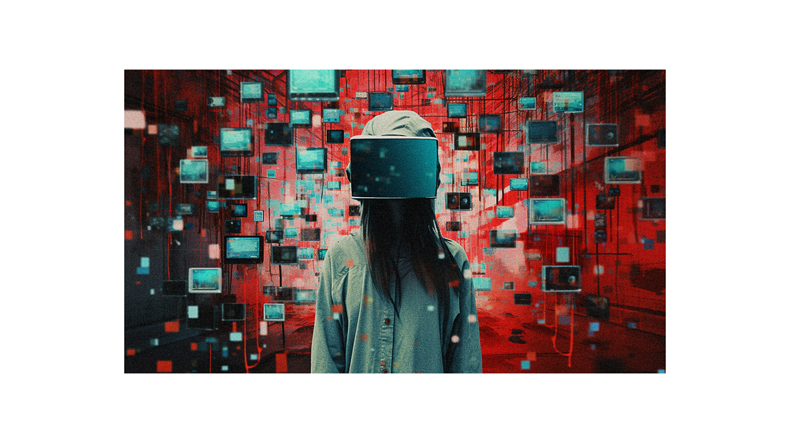
Explore the exciting and diverse world of 21st-century art movements and discover how contemporary artists push boundaries and redefine artistic expression.
In the 21st century, artists have embraced various materials and techniques to create their work. They mix media and forms based on their concepts and purposes, blurring the line between high art and popular culture.
The impact of globalization is evident in the art scene, as artists from different regions influence each other through increased movement and intermixing of artistic vocabularies. Visual culture studies have become an important interdisciplinary field, examining how images communicate and contribute to social and political meanings.
Artists also draw inspiration from diverse areas of culture, incorporating elements from sports, television, science, and popular culture into their work. The internet has revolutionized how artists disseminate their work, with personal websites and social media platforms playing a significant role in connecting artists with audiences worldwide.
Additionally, public art has expanded to include new forms, locations, and purposes, with participatory art inviting social interaction among viewers. The dynamic nature of 21st-century art movements continues to evolve rapidly as new artists emerge onto the contemporary art scene.
Follow us on Pinterest for more tips, tutorials, and artist reviews!

